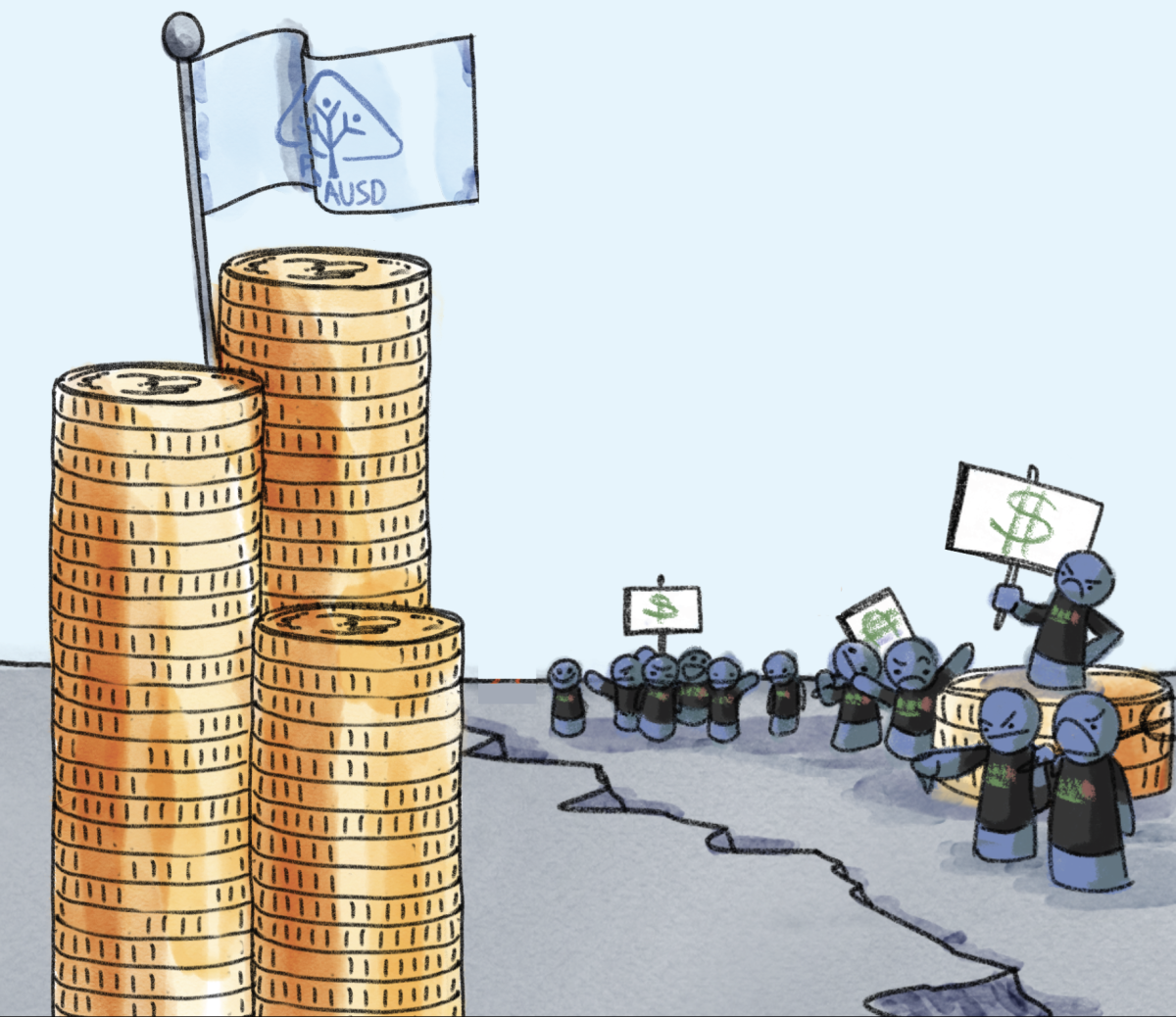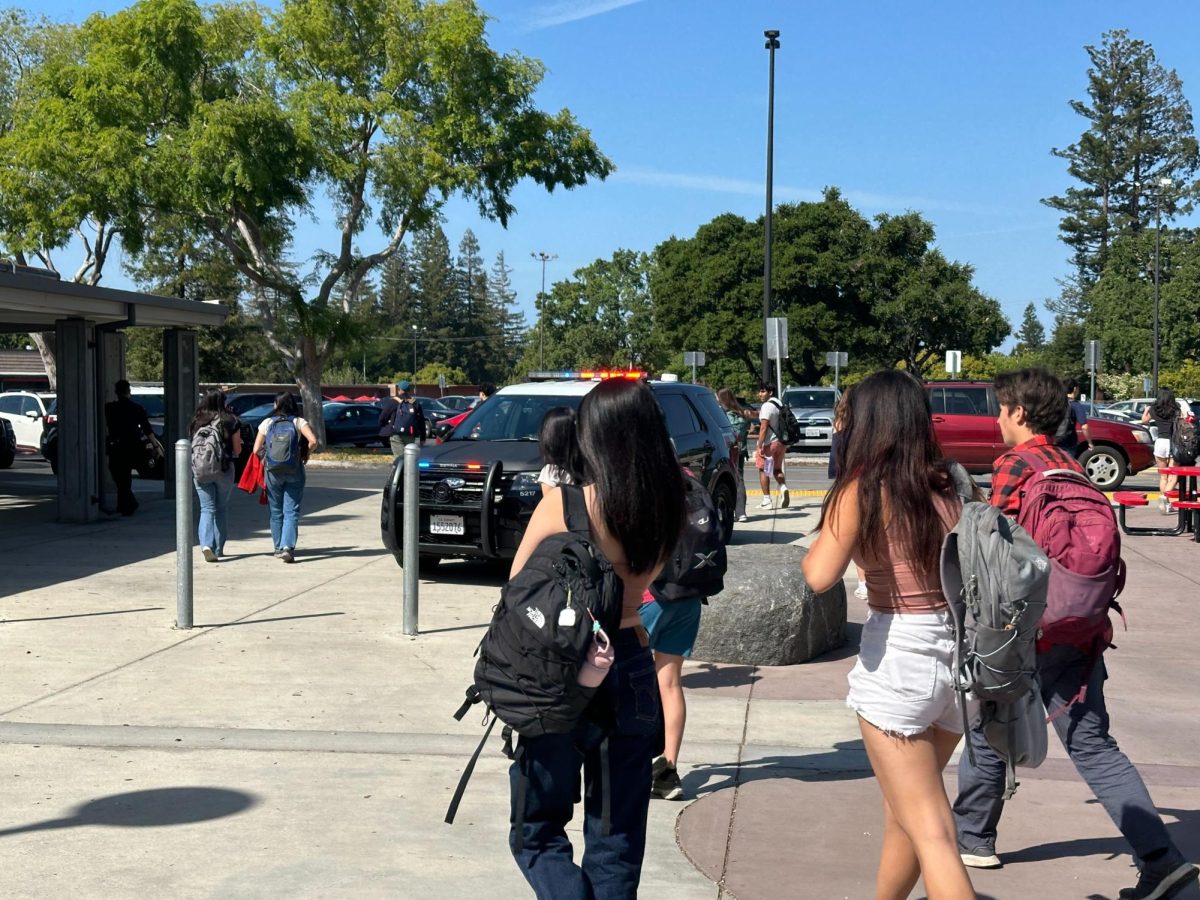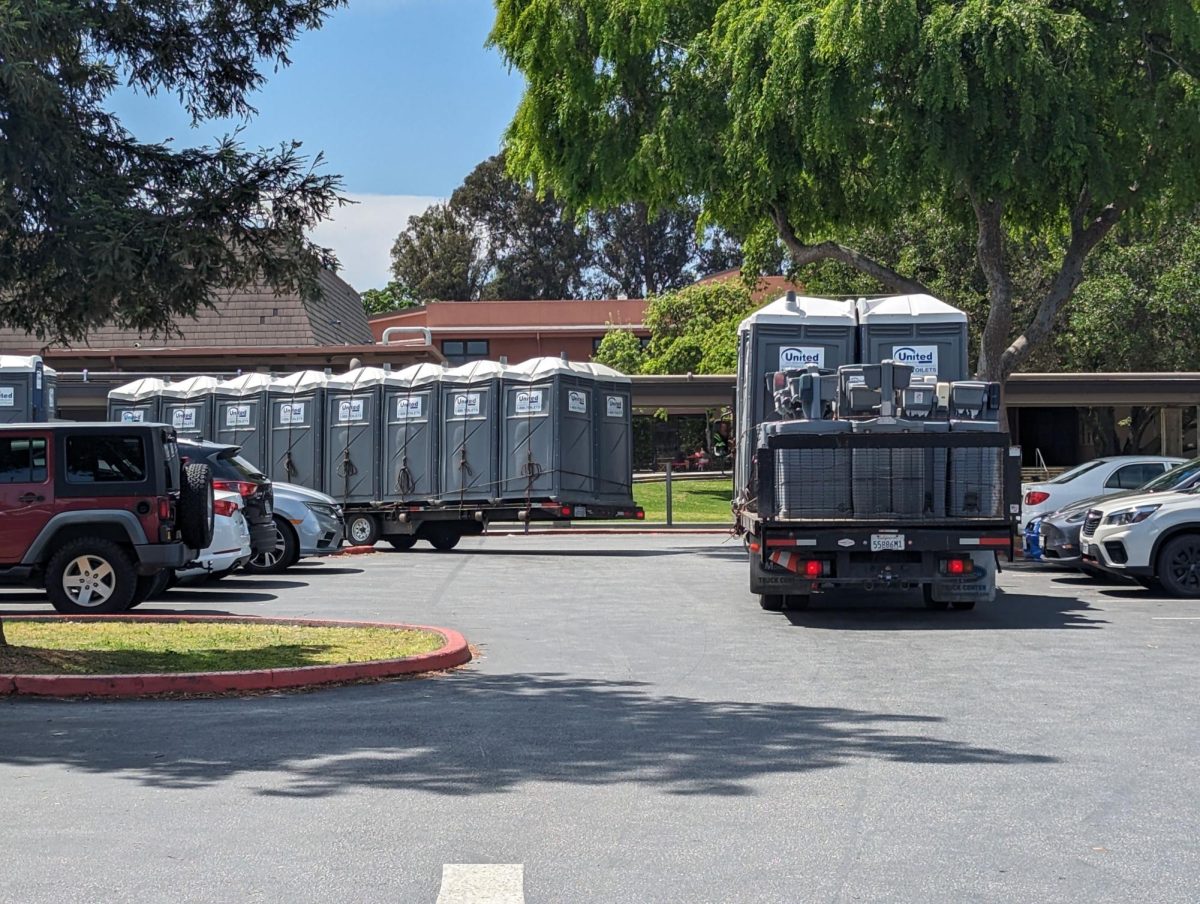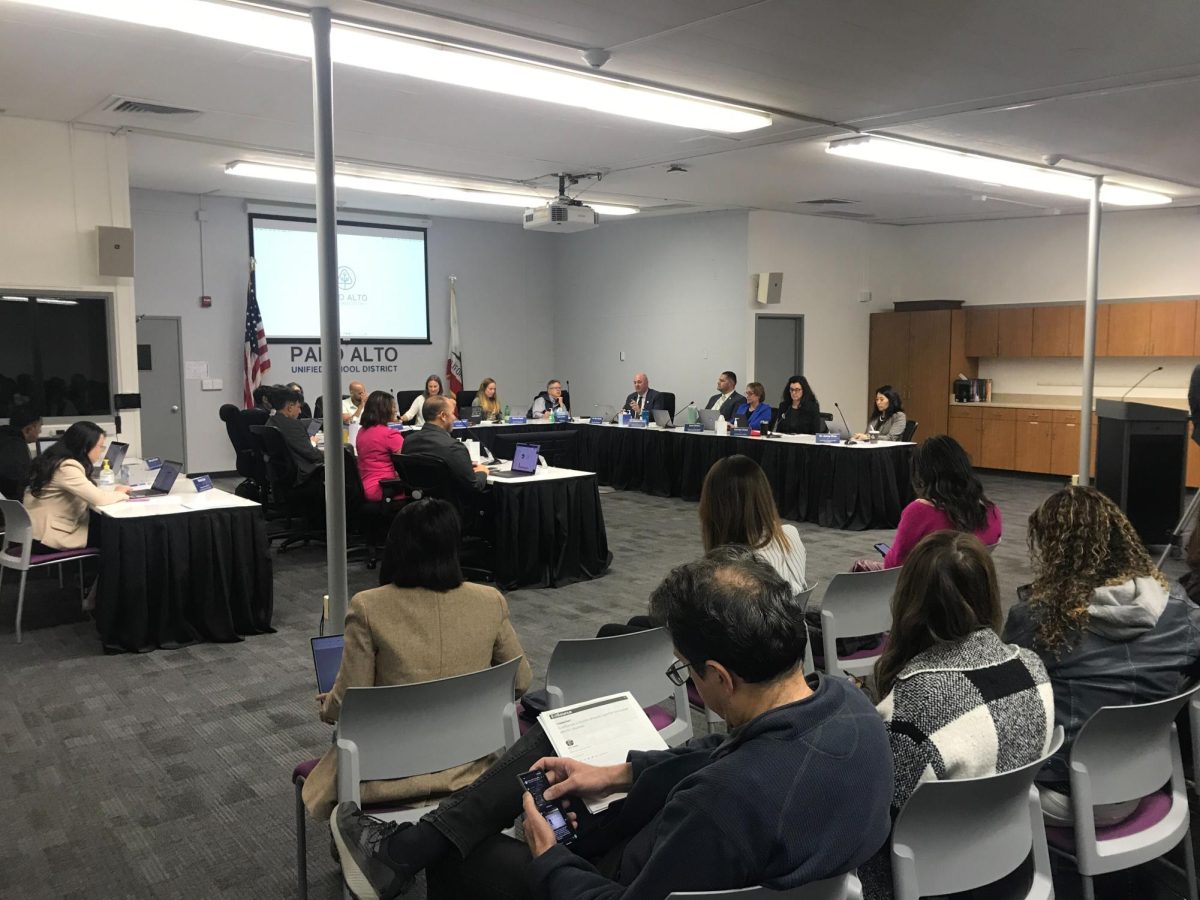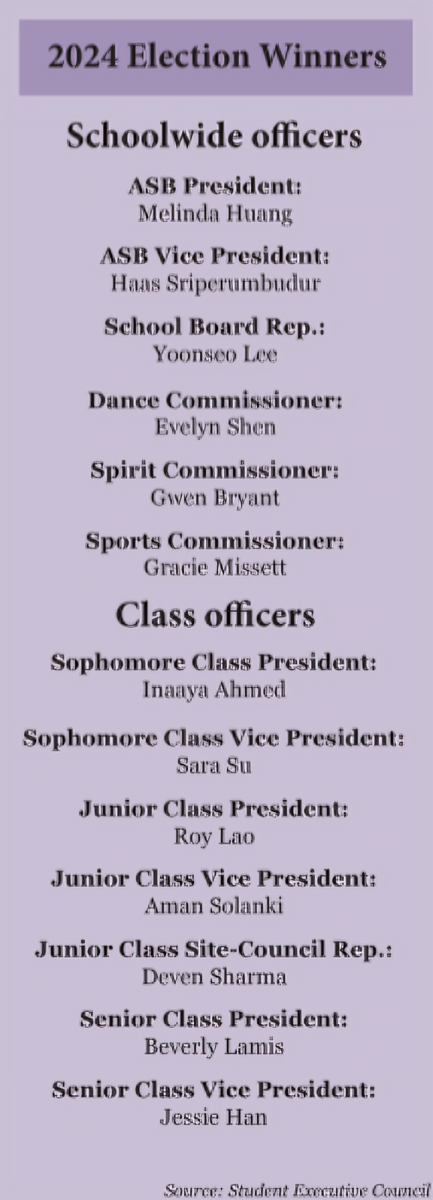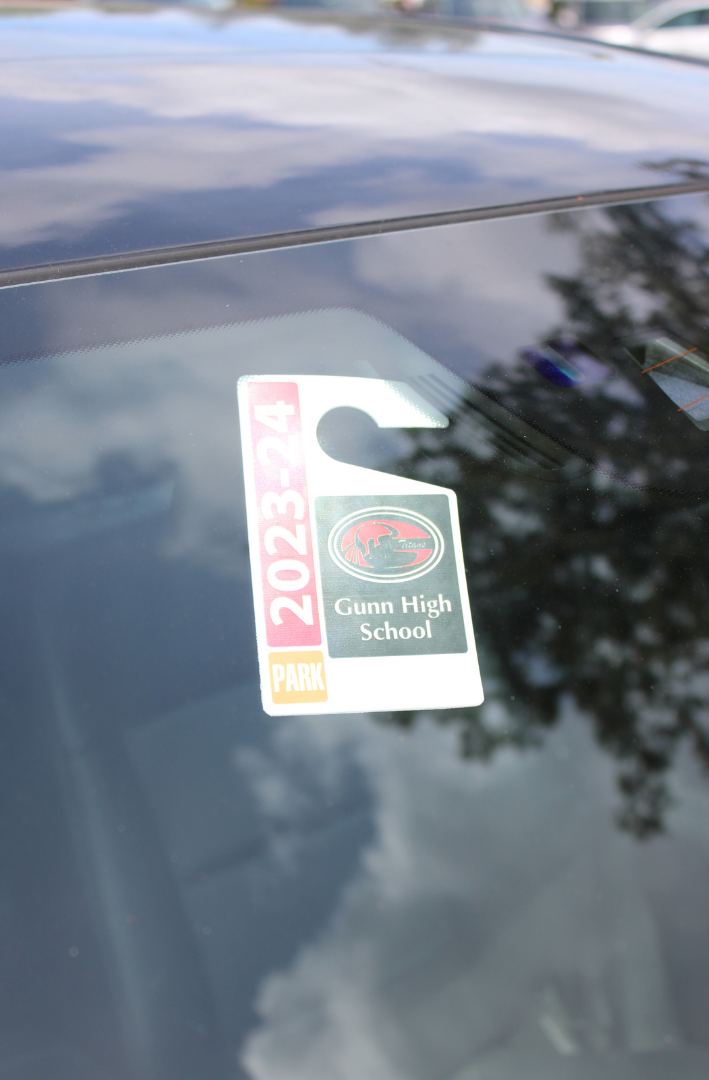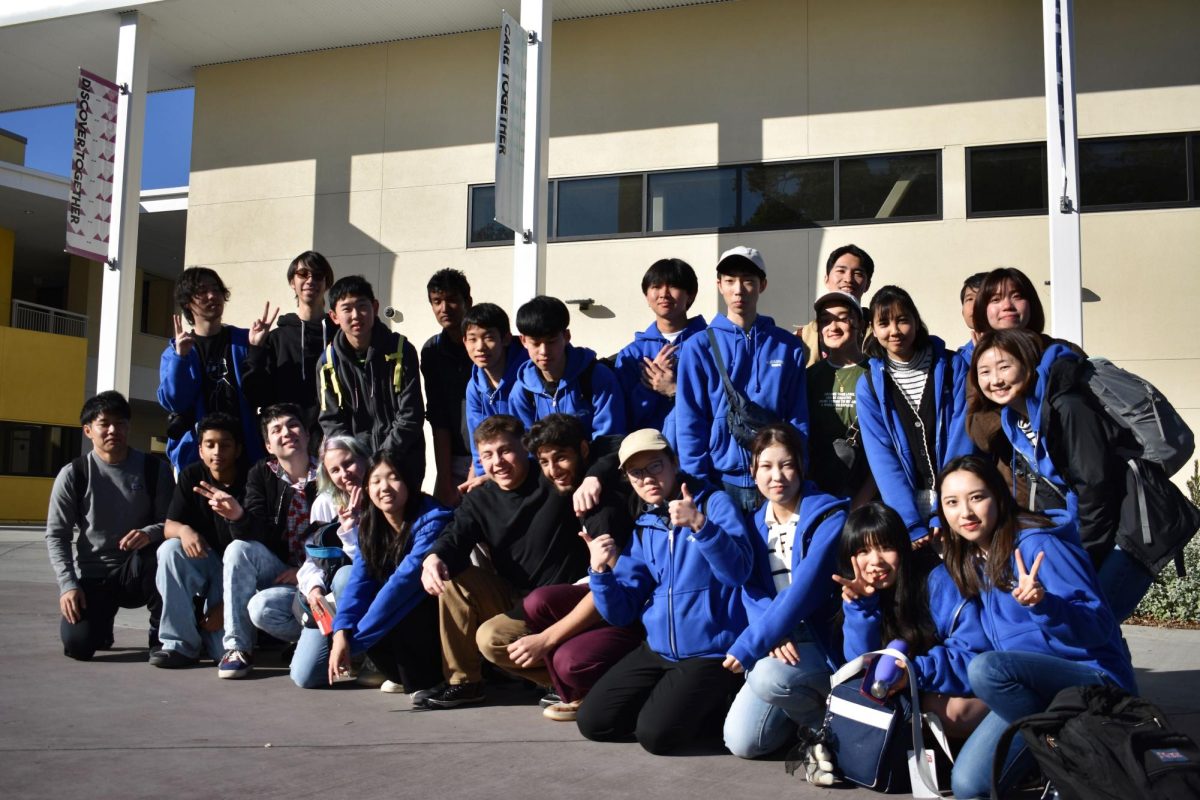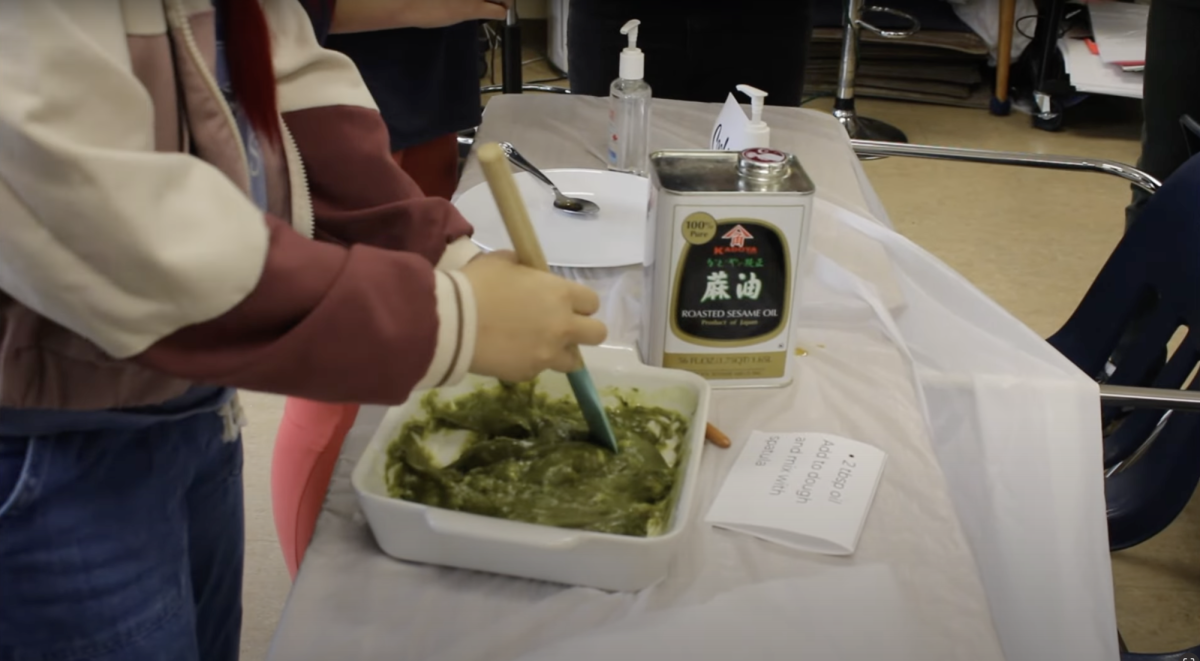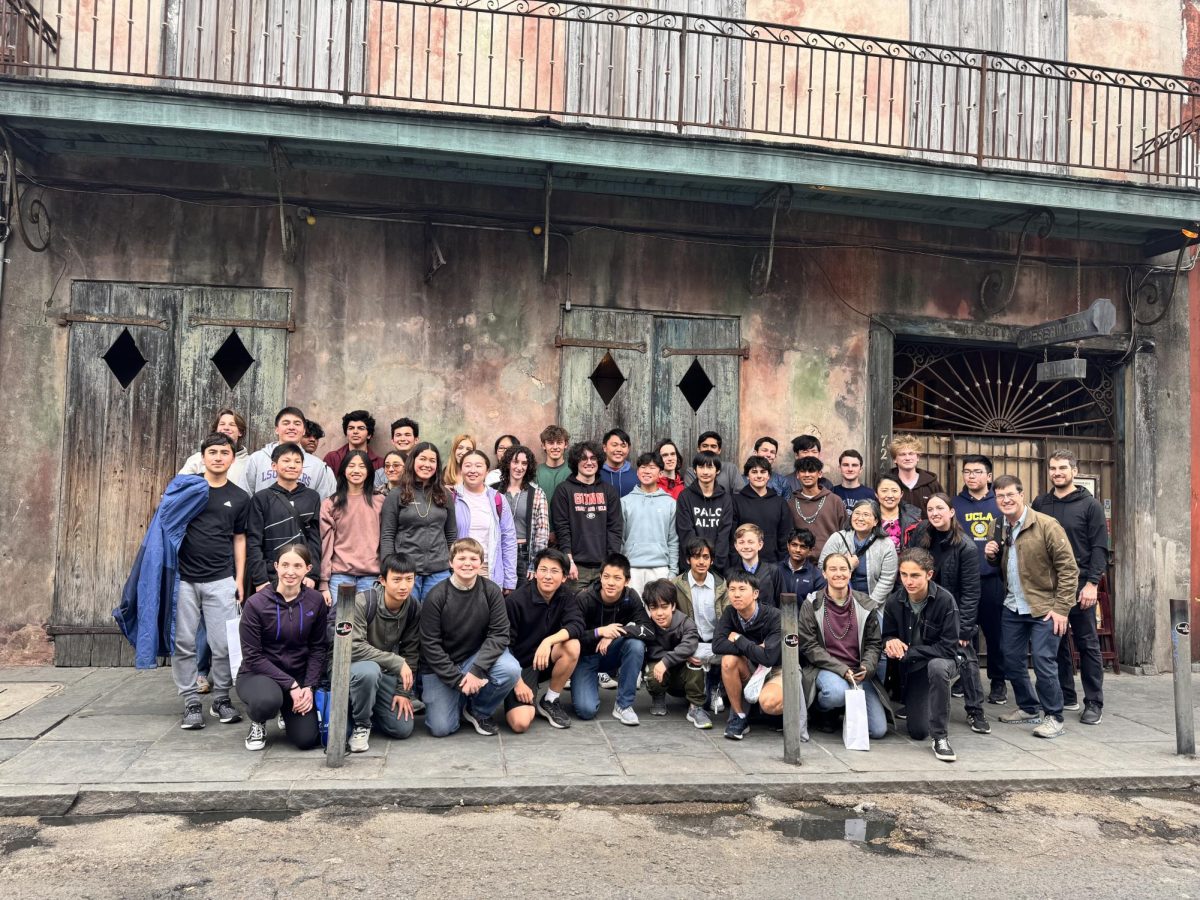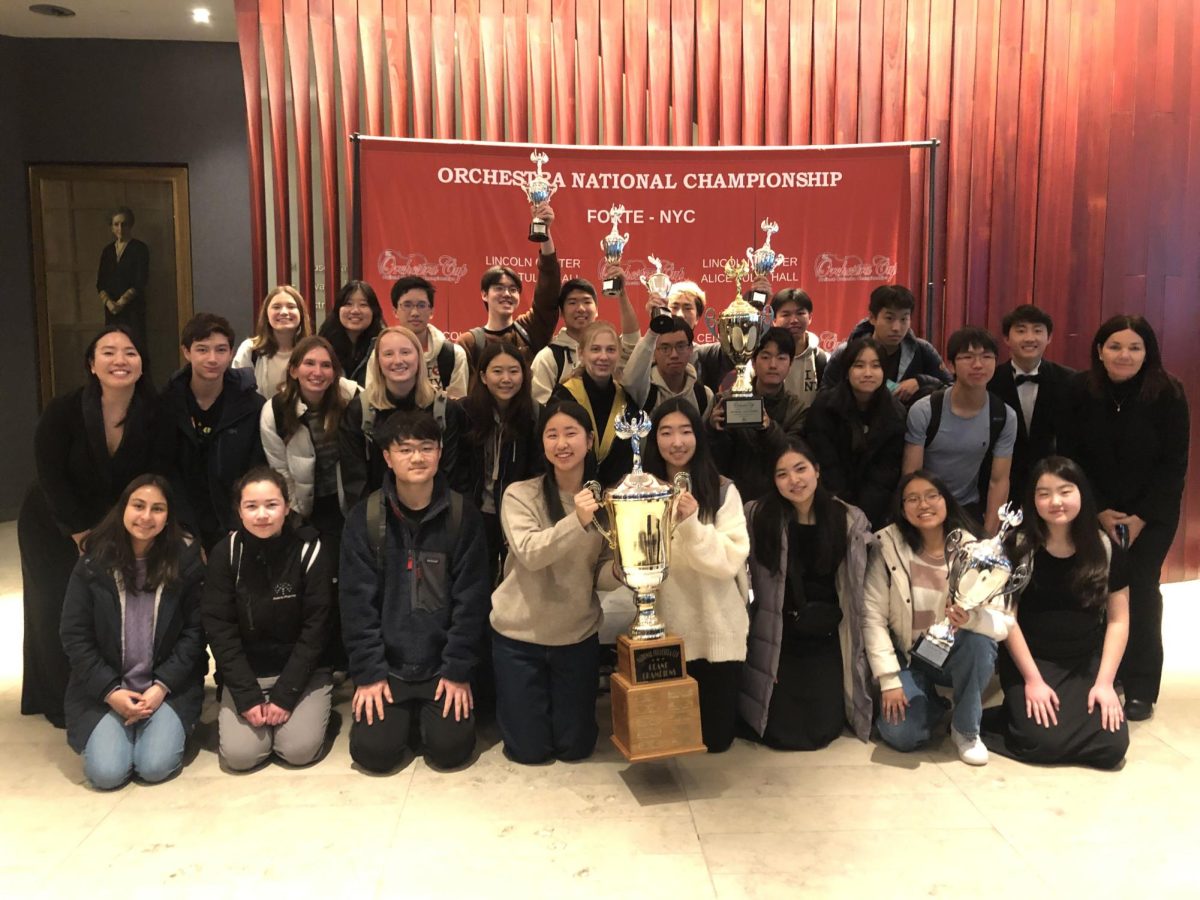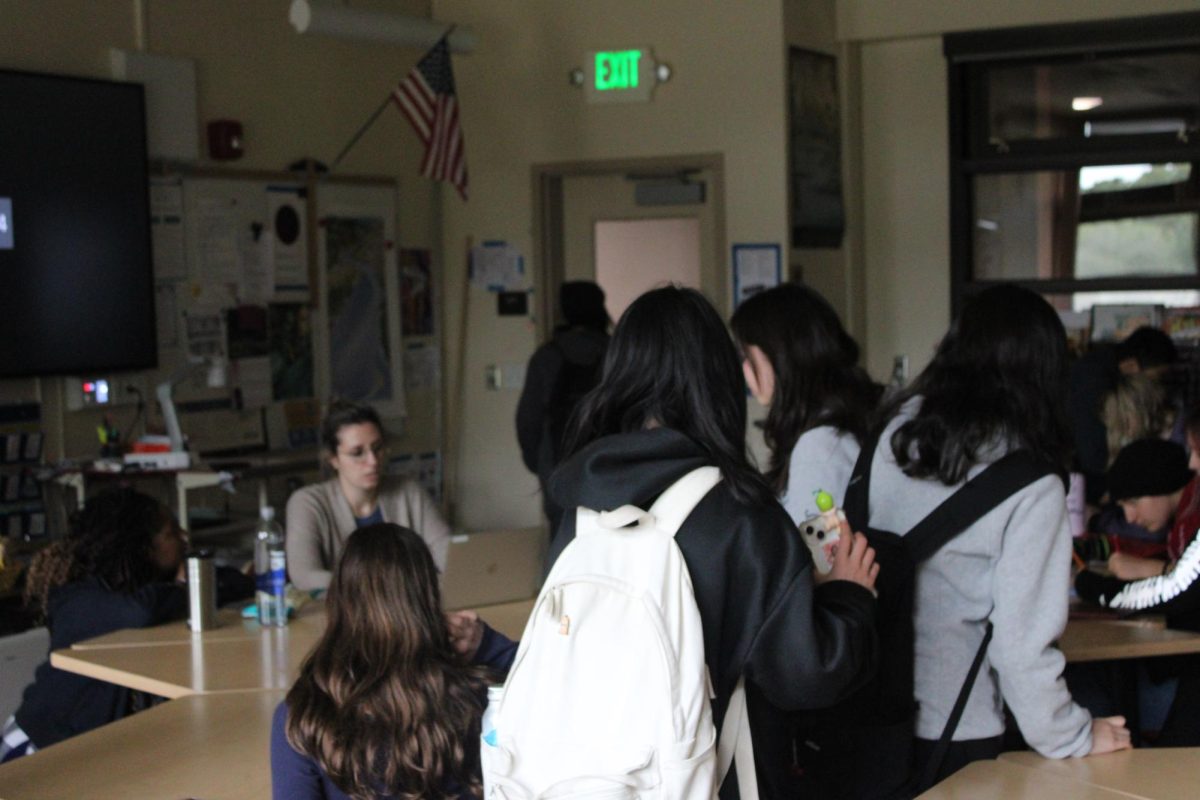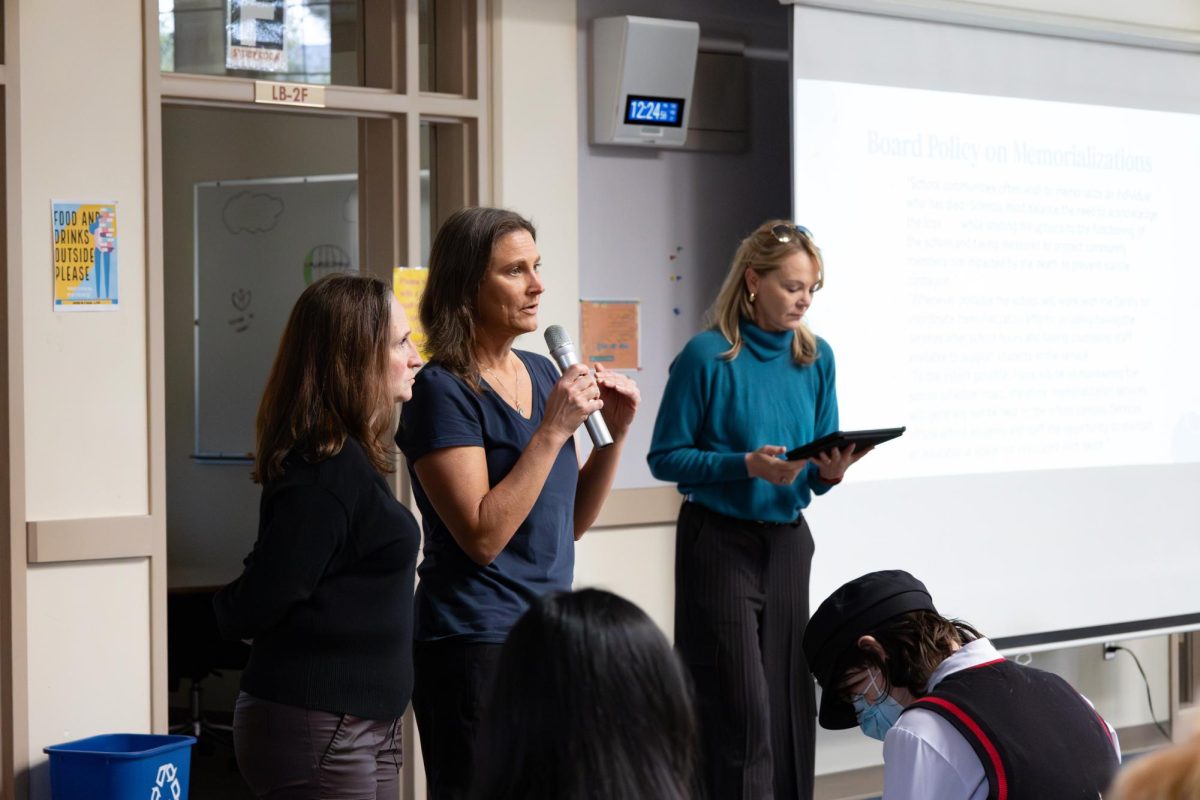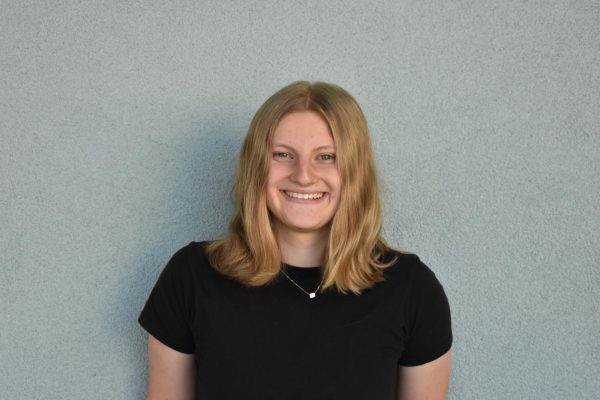PAUSD and the Palo Alto Educators Association reached a tentative agreement on May 6, weeks after an impasse was declared on March 29.
This agreement will be voted on by the teachers’ union from May 13 to 17 and the result will be announced on May 17. It has also been added to the agenda for the upcoming school board meeting on May 21 to be discussed by the district officials and school board members, where the entire contract is slated to be ratified.
Every year, PAUSD negotiates new terms with PAEA, which represents the certified staff such as teachers, and California School Employees Association Chapter 301, which represents the classified staff such as aides and custodians. Usually in this district, negotiations end in an agreement after early discussions. However, this year, the district and union could not come to a compromise after initial negotiations, setting the precedent for the first impasse between PAUSD and PAEA.
A closer look at the numbers
The original proposal by PAEA included an 8% increase from the 2022-23 teacher’s salary which was responded with 2% counteroffer from PAUSD. PAEA’s best and final offer was 5.5% which is 2% higher than PAUSD’s final offer of 3.5%. The tentative agreement reached on May 6 proposes a 4% increase for this year.
According to PAEA’s website, PAUSD has significantly lower salary growth and maximum salaries than neighboring districts. Going into this year’s negotiations, PAUSD’s salary growth from 2021 to 2024 was 10.2%, compared to the 15.8% increase in the Mountain View and Los Altos district, the 15.8% increase in the Los Gatos and Saratoga districts, and the 19.0% increase in the Santa Clara School District. If the tentative agreement is approved, PAUSD’s salary increase would become 15.2% for this year.
PAUSD’s current maximum salary is $154,366, which is 24.8% lower than Mountain View-Los Altos School District, 9.8% lower than Fremont Union High School District and 7.1% lower than Santa Clara Unified School District. PAEA President Teri Baldwin stressed that this gap plays a significant role in communicating the value of teachers.
“We always want our community to know that we are trying to recruit and retain the best teachers for our students, and we’re falling behind in salary in the area,” Baldwin said. “If we’re the number one district, we should be the number one or at least close to the number one in salary in the area.”
Beginnings of negotiations
In the context of these district negotiations, the impasse was prompted by a disagreement from PAUSD and PAEA’s final offers regarding the teacher’s contract for the 2024-25 school year. As a result, a third-party mediator stepped in to aid both sides to come to an agreement. The mediator assigned to this case was from the California Public Employment Relations Board. According to Superintendent Don Austin and Baldwin, both negotiation teams are separated and the mediator worked with both parties to reach an agreement.
The negotiations cover a variety of topics including class size, working conditions, evaluations, and salary — the subject cultivating the most discourse. The negotiations, which happen every year between PAUSD and PAEA, are not open the public. This year, the union and district called for an impasse, prolonging the negotiations for another six months.A the school board meeting on April 23, PAEA members expressed dissatisfaction during the open forum about the PAUSD salary schedule, and their experiences in the district. CSEA 301 Chapter President Mrigendra Steiner announced CSEA’s alliance with PAEA in hopes for a quick resolution of the negotiations that honors the professionality of the teachers. Retiring Gunn math teacher Kathy Hawes spoke about her 32 years at Gunn and the salary gap between MVLA and PAUSD.
“I’m concerned that people aren’t going to stay (in PAUSD) because (I talked to) my good friend who left for MVLA, and if I was there now I’d be making 37 thousand more a year,” she said in the meeting. “I love my department, I love my collaboration, I love the people I work with, but at some point I have to think about what would that $37,000 do for my retirement? What would that do for my cost of living? Can I afford to keep working in Palo Alto? And if we lose our experienced staff, how are we going to keep our traditions, culture and history?”
Teacher librarian Daljeet Gill also compared his current position to a higher salary at MVLA, but decided to stay at Gunn because of his long term affection for the school. In his opinion, the negotiations are not just about money but about convincing teachers to stay.
“If all we cared about was money, none of us would be in education,” he said. “The people that I see on campus, this staff, is incredible. They do so much for students that go above and beyond. But the more the pay gap increases, (the more that) you don’t necessarily feel like you’re able to do these things (for the students and) support yourself and your family as easily. Maybe there’s a little bit of not feeling as valued, and that maybe you’re more valued somewhere else.”
PAUSD Budget Reserves
A popular solution suggested by the teachers union is to pull from the district’s large reserves to fund a salary increase since PAUSD does not have an upper limit on the reserves, and its size has increased 187% since 2021, currently containing $135 million. According to the district website, PAUSD’s $135 million reserve is 34% of its operating budget, which is two times more than the 17% recommended by experts. PAEA members made the argument that a fraction of these funds can be allocated towards teachers’ salaries. However, according to Austin, drawing money from the reserve is not as simple or advisable as it may seem.
Austin likens the reserve to a savings account, asserting that regularly drawing from it for an ongoing expense is unsustainable because it won’t replenish itself if the district spends at a deficit from relying on the reserve. PAUSD Chief Business Officer Carolyn Chow provided an example for this analogy, explaining that the reserve is used for one-time costs and budgeted purchases.
“In your savings account, you might have to (pay for) a new washer and dryer, tuition for college and a vacation, right?” she said. “Once you spend it, it’s gone, you have to resave again. So in our case, we have a whole list of things that are in the reserves. So for example, we have textbook adoptions that don’t come up every year but we have to set aside money for so in our budget, maybe every five or 10 years we try to save up for it.”
Maybe there’s a little bit of not feeling as valued, and that maybe you’re more valued somewhere else.
— Teacher Librarian Daljeet Gill
PAEA negotiations team member and Gunn economics teacher Jeff Patrick agrees that it is unwise to use the reserve funds for an indefinite amount of time, but he thinks that the analogy of a savings account isn’t accurate to this situation.
“I think it’s a sort of disingenuous analogy given that the district’s not saving that money for retirement or college expenses, whatever it is that families typically save money for,” he said. “So we further don’t understand, and I would say have not been adequately given an explanation of why the district continues to expand that reserve over time.”
Patrick thinks that regardless of how the reserve is spent, the important next step is to address how much money is being added to it.
“In my personal view, and this is reflected by a lot of people that I’ve talked to about it, (it’s like), ‘Fine, you’ve got the reserve and it is what it is, let’s (just) stop making it bigger,’” he said. “So (going forward) making sure that any surplus money that the district has gets put into compensation or something that’s going to directly affect students rather than to sit in the reserves.”
Public Reception
Throughout the negotiation process, PAEA has aimed to raise visibility by organizing rallies and encouraging teachers to wear their PAEA shirts on Fridays and during events to show their support for the union.
One such example is on the morning of April 30, when teachers at all PAUSD schools assembled by school entrances and held signs such as “honk for teachers” or “supporting PAEA = supporting students.” Baldwin thought this rally was a great success and received a lot of community support.
“I think it’s been great,” she said. “Students have been out here and I’ve seen them out at different sites as well. And parents seemed very receptive. And even if we aren’t asking, they’re honking and showing their support.” PAEA and PAUSD have both been committed to keeping the public informed about this process. All negotiations prior to the impasse, which must legally remain confidential, and the current proposal of the tentative agreement are published on both websites. Each website has summaries of the proposals to make it more digestible for the public, however, due to the complexity of the negotiations Austin emphasized the importance of keeping the discussion contained so that its nuances are not miscommunicated.
“(Students) can have opinions, but really, this is between two negotiating teams that have a total of 10 people (and) that’s where it should stay because it’s impossible to explain every nuance,” he said. “I have concerns about involving students in this negotiation because if the question is ‘do you love your teacher,’ I’m going to hope the answer is always yes. I love our teachers. Everyone should love our teachers.”
School Board President Jesse Ladomirak echoed Austin’s sentiment.
“If your teacher is telling you something, our hope is that you trust your teacher,” she said. “If your teacher is telling you something, we don’t have a lot of interest in trying to get you to think the other way.”
These negotiations have been the subject of many campus conversations and for good reason: PAUSD, which has never been at an impasse for teacher contracts, may be the outlier in district negotiations. According to Chow, the district and union requests were farther apart than normal this year, but mediation is a normal and helpful part of many similar negotiations.
“I’ve been in other districts where they’re at an impasse all the time, every day of the year they’re in there at impasse,” she said. “It’s just what happens when you’re negotiating and you get stuck and need a mediator and come in and help parties (with) out of the box thinking.”
Although this impasse is a rare and complex topic, both the union members and district officials are committed to maintaining professionalism and respect in the midst of this negotiation.
“If (people) take anything away (from this), it’s not a fight, it’s a negotiation process which happens every year,” Austin said. “This year, we’re bringing in somebody to help us work through the tension. And it’s all going to be fine.”
A correction regarding the percentage of the reserves has been updated from the print edition.


